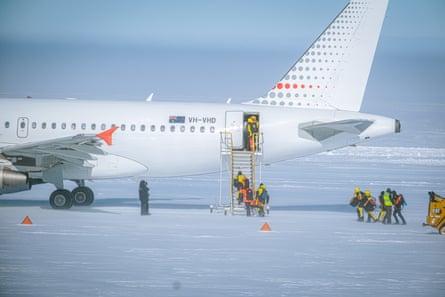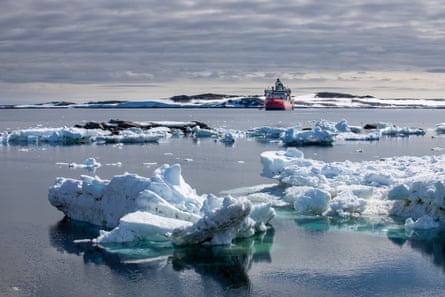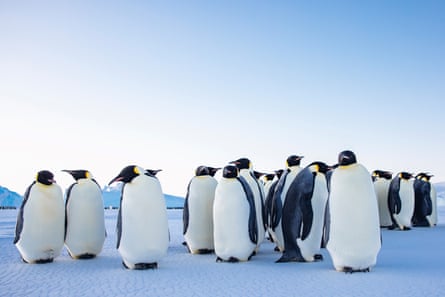Few people witness the otherworldly seasonal transformation of Antarctica, but a small group of Australians experience it first-hand. From the complete darkness of polar winter to the peachy glow of a round-the-clock summer sun, they witness the spectacle of light and wildlife return colour to an icy landscape, and gaze up at silver and green auroras across the night sky.
The Australian Antarctic Program is now recruiting for its 2026-27 season, offering work in Antarctica to about 300 Australians across almost 40 different roles.
Living and working in a close-knit community, the select group will help run Australia’s three scientific research stations, Davis, Mawson and Casey, or they might be posted to sub-Antarctic Macquarie Island or on a scientific voyage.
Sign up: AU Breaking News email
The roles are crucial to Australia’s internationally significant climate research mission.
The leader of Casey station, Andy Warton, says being part of the Antarctic team is an incredible experience.
“Antarctica tests you – physically, mentally, emotionally. But the rewards are incredible,” he says. “It’s a profound adventure. You’ll make friendships that last for decades, and you’ll see and experience things that you would have never imagined.”

Warton says the work is challenging and the isolation “takes some getting used to”, but he feels a sense of pride being involved in Australia’s Antarctic mission.
Contracts offered last four months, but they can stretch to more than 12 months long across a range of roles including electricians, carpenters, mechanics and chefs, as well as specialists in science, aviation and information technology.
Candidates will deploy starting in July 2026.
The Australian Antarctic Division runs an extensive recruitment process. The director of expeditioner services, Gina Woodward, says the division looks for candidates who have life experience, excel at their profession and are well-suited to join a small team in a remote environment.
Those working in Antarctica must be resilient and adaptable to a harsh environment, working with limited resources, Woodward says.
“For our tradies, there’s no Bunnings down the road.”
There is also the considerable sacrifice of being separated from family and friends for extended periods.
The trade-off is the “wow factor” – being one of the few working in east Antarctica, while most tourists only scratch the surface at the Antarctic Peninsula.


“Expeditioners are seeing icebergs, seals, penguins, lots of other bird life,” she says. “They see the seasons and say that that is amazing because after winter, you’re seeing Antarctica come to life again with the animals breeding.”
after newsletter promotion
Researchers primarily focus on climate science and the environment in the region, studying long-term changes and working to protect the future, often in collaboration with other nations – and even Nasa.
“Our expeditioners help protect and understand an incredible part of the natural world – a landscape and marine environment unlike anything else on the planet,” Woodward says.
Lifelong friendships form in what Woodward describes as a “giant share house”, though each worker gets a private room.
There are shared living areas, a kitchen, a dining hall, a cinema, a gym, a hot tub, and a sauna. They even use hydroponics to grow fresh herbs and vegetables.
The longest contracts are the winter roles, which are vital for station maintenance and include mechanics, carpenters, electricians, plumbers, doctors, and chefs.
New recruits receive extensive training in Hobart, typically for about three months.
The program sees a high rate of returnees, with about 45% coming back for another contract, demonstrating the unique, enduring appeal of the work.
“They say it just gets in your blood, you’ve got to keep going,” Woodward says.
In addition to the federal government salary classification, deployed staff receive significant additional allowances up to $65,000 a year, depending on their role. This, combined with zero expenses – no rent, fuel, or meal costs – offers an excellent way to save, with some on long-term contracts using their savings for a house deposit.
Applications to join the Australian Antarctic Program close on Sunday 16 November at 11.30pm.
.png)
 3 hours ago
2
3 hours ago
2








 English (US) ·
English (US) ·